Acid Canyon in Los Alamos, once a beloved hiking destination, hides a chilling secret beneath its scenic beauty.
Not Your Average Nature Trail
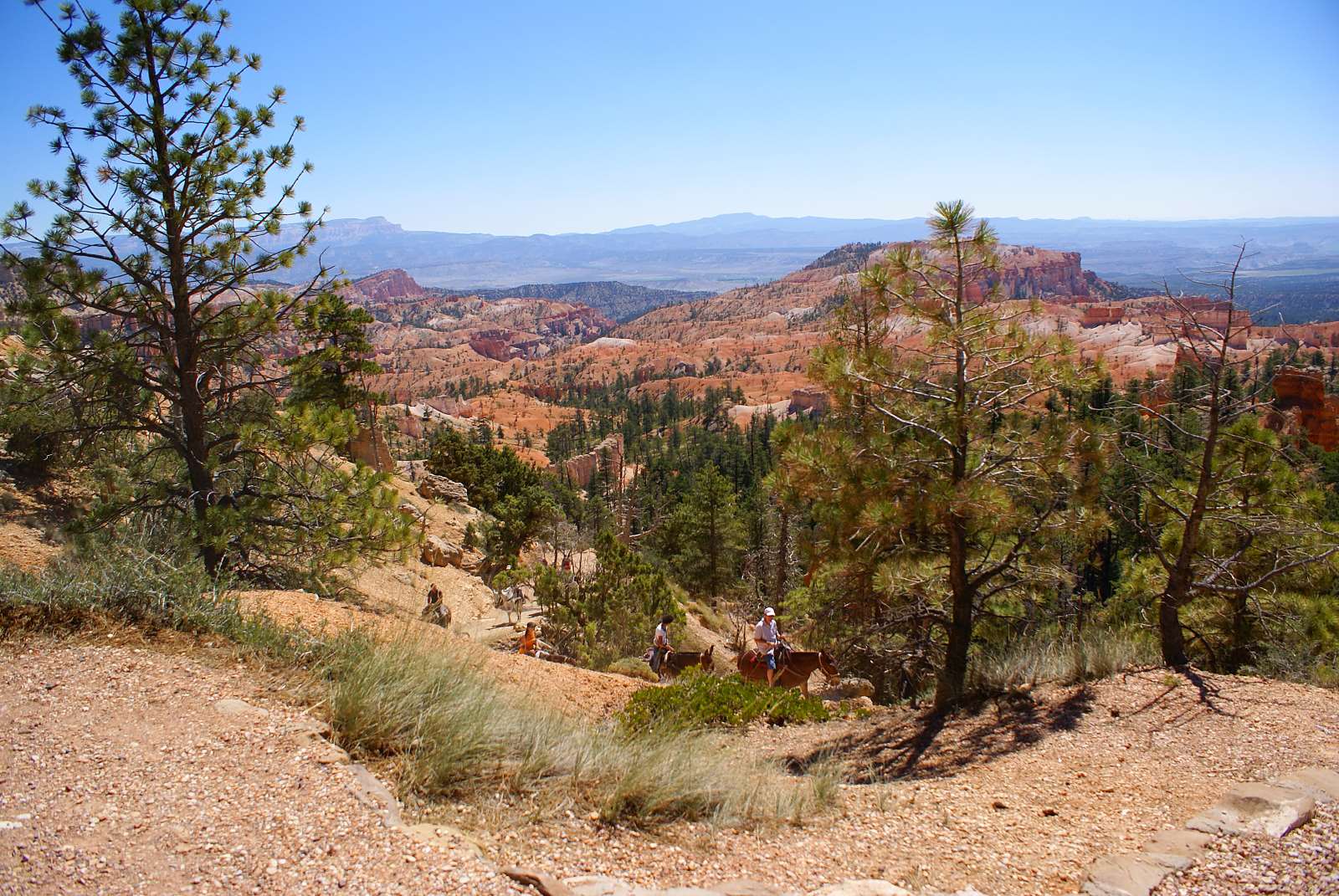
Image Credit: Shutterstock / Elzbieta Sekowska
If you’ve ever hiked through Acid Canyon in Los Alamos, you might want to think twice before lacing up those hiking boots again. This usually tranquil spot, popular among hikers and bikers, is actually hiding a horrifying secret – the kind you definitely don’t want to encounter while out on the trails.
Pine Trees, Scenic Trails, and Plutonium
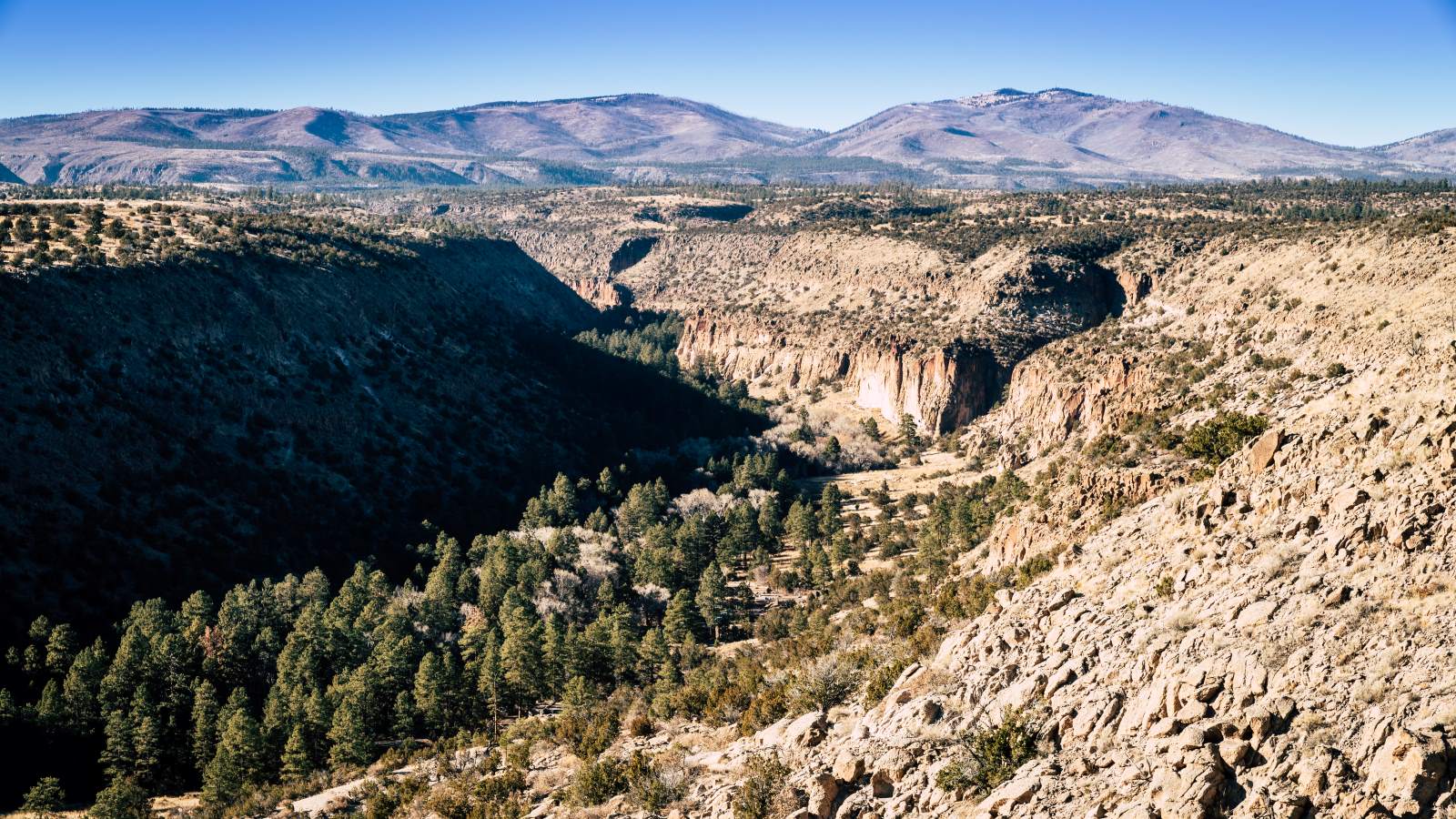
Image Credit: Shutterstock / Alexey Stiop
This beautiful canyon, chock full of pine trees and scenic trails, might be one of the most polluted places you’ve never heard of. What was once a favorite spot for outdoor enthusiasts could soon be a ghost town following some new reports into the area.
Professor Turns Whistleblower

Image Credit: Shutterstock / wellphoto
Michael Ketterer, a retired professor from Northern Arizona University, has blown the whistle on a very real, very life-threatening environmental nightmare in the Acid Canyon: seriously high levels of radioactive contamination.
When Plutonium Levels Break Records

Image Credit: Shutterstock / Zack Frank
Ketterer has been studying soil, water, and plants in Acid Canyon and found that the plutonium levels were off the charts – higher than even at the notorious Rocky Flats weapons plant in Colorado.
“I’ve Never Seen Anything Like It”

Image Credit: Shutterstock / aerogondo2
Let’s rewind a few months. Ketterer and his team from Nuclear Watch New Mexico took samples during a rainy spell in July, and the results shocked them. “I’ve never seen anything quite like it in the United States,” Ketterer told reporters from AP news.
The Invisible Threat
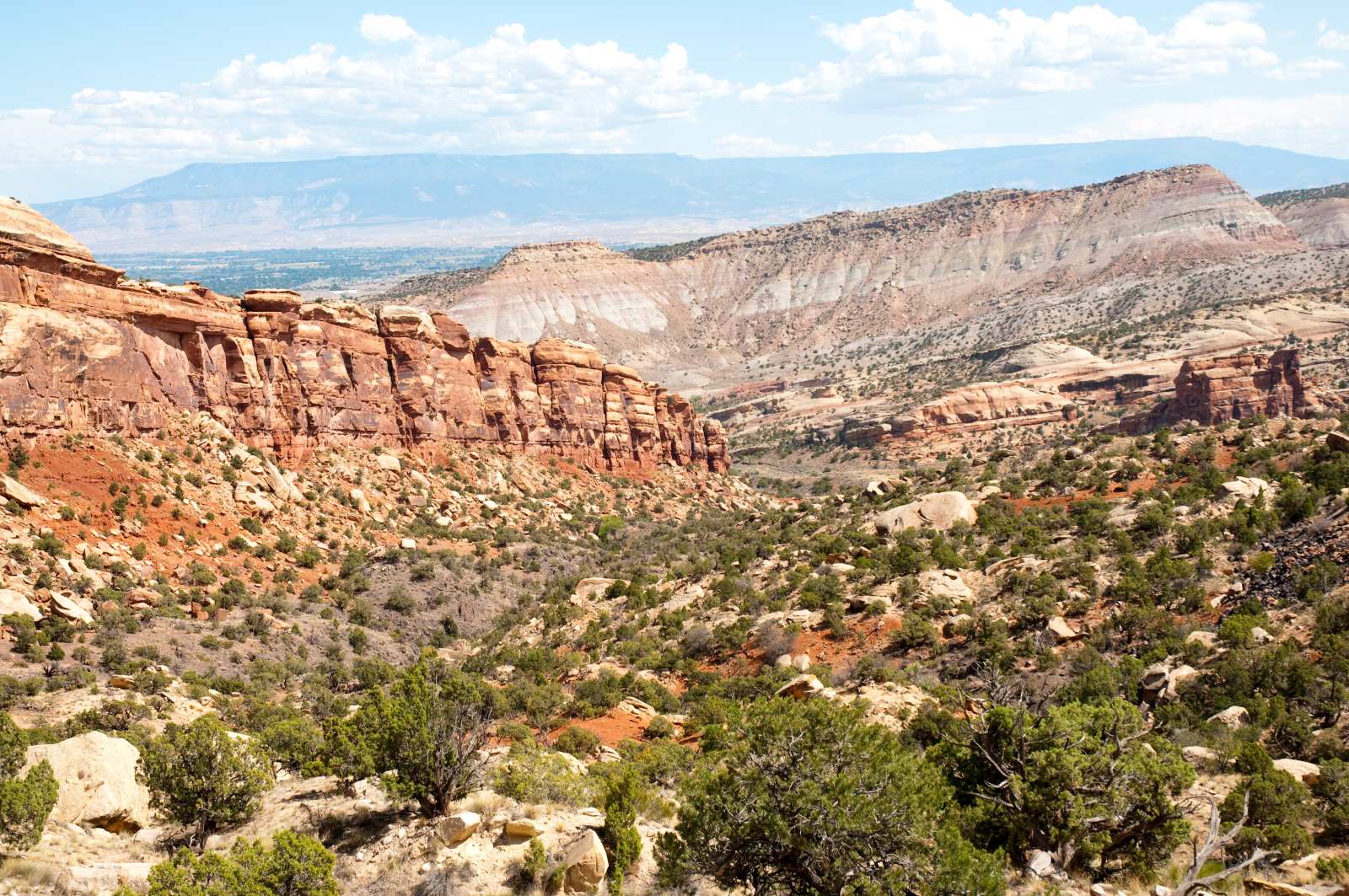
Image Credit: Shutterstock / Zack Frank
According to Ketterer, this contamination is so extreme that “it’s hiding in plain sight.”
When Rain Turns Toxic

Image Credit: Shutterstock / Salivanchuk Semen
Ketterer’s findings are causing major concern. While the canyon’s scenic trails might seem harmless, the water there is anything but safe. The recent storms have washed plutonium into the water, making it a serious health hazard.
Not Just a Fluke

Image Credit: Shutterstock / Abigale Snortland
This was no random occurrence either, as earlier mapping by Nuclear Watch had already suggested there were problems in the area.
Government vs. Watchdogs
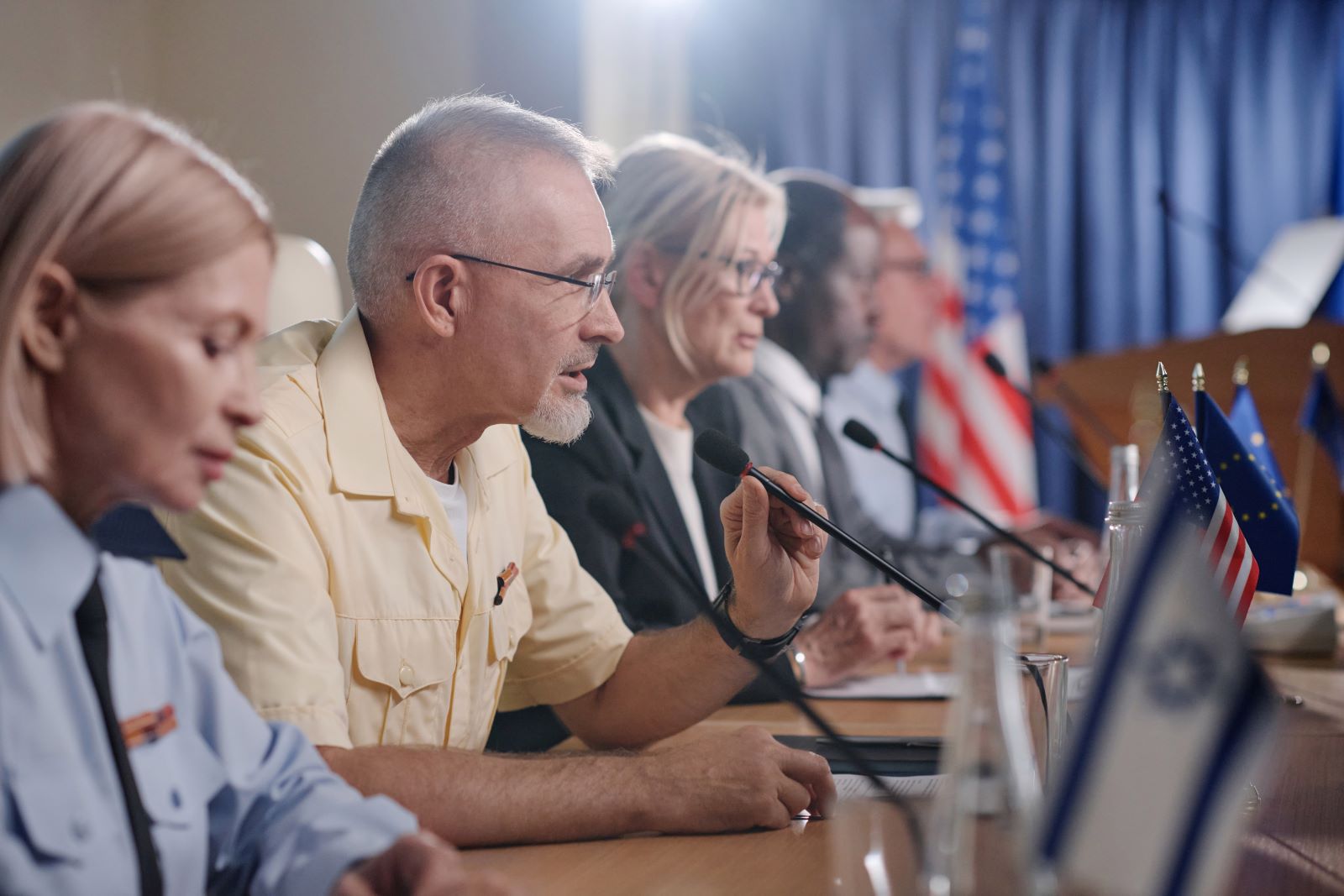
Image Credit: Shutterstock / AnnaStills
But don’t expect a rush of warnings from local officials. In fact, the Department of Energy (DOE) is brushing off the whole thing. Their Environmental Management Los Alamos Field Office insists that the plutonium levels are “very low and well within safe exposure ranges,” and that the canyon remains fine for public use.
A Nuclear Dumping Ground

Image Credit: Shutterstock / Tsuguliev
Ketterer and the watchdogs, however, are not buying it, and it makes sense when you consider the history of Acid Canyon.
From Manhattan Project to Environmental Disaster
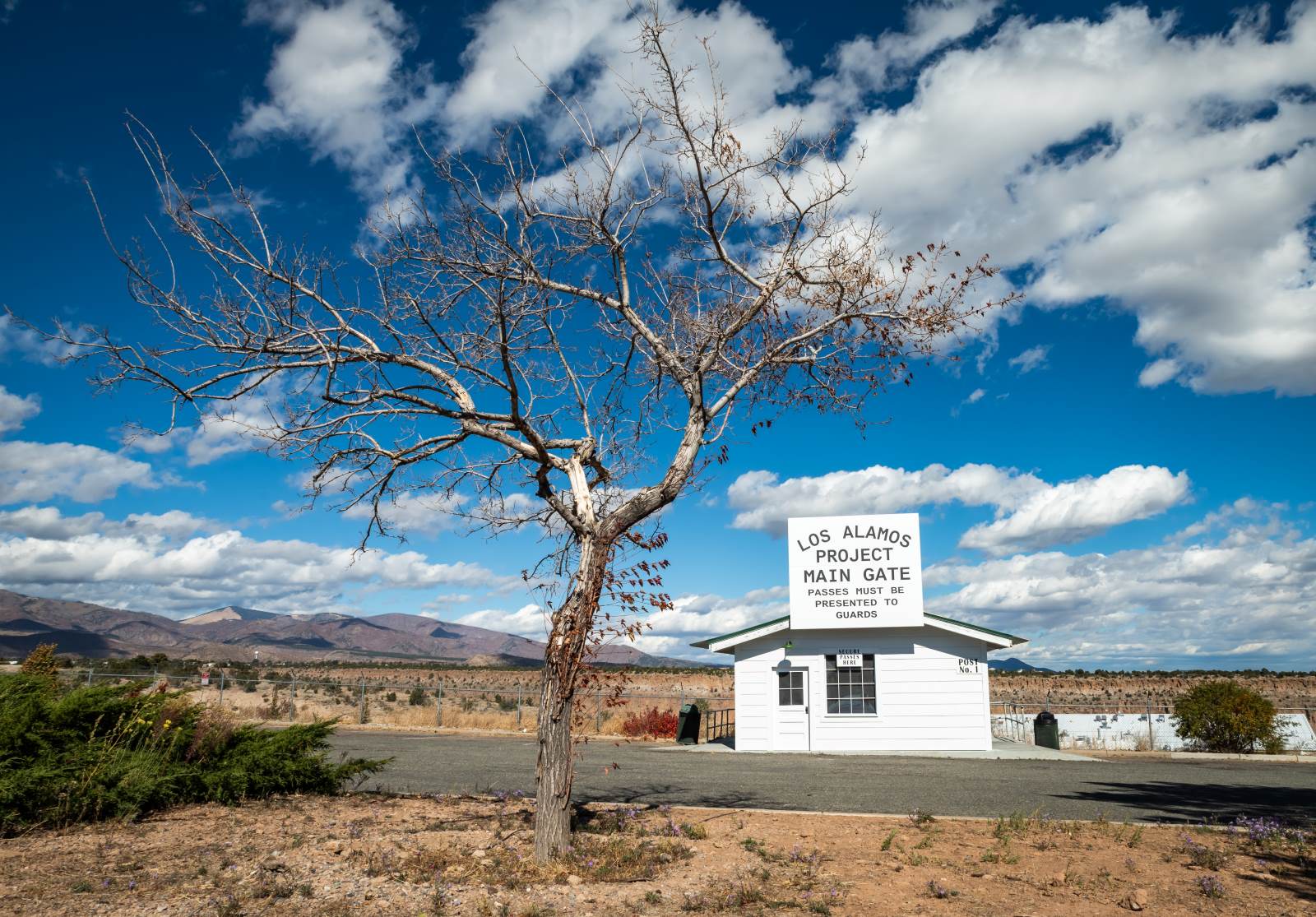
Image Credit: Shutterstock / PuckishPhotos
From the 1940s to the 1960s, Acid Canyon was a dumping ground for nuclear waste. This waste, including plutonium, was carried by tributaries through the region – eventually impacting lands that are now part of the San Ildefonso Pueblo and feeding into the Rio Grande.
Cleanup or Cover-up?

Image Credit: Shutterstock / fizkes
And even though the government started cleanup efforts in the late ’60s, critics argue that the job was never fully completed.
Budget Woes

Image Credit: Shutterstock / Salivanchuk Semen
Jay Coghlan from Nuclear Watch New Mexico is fuming over the situation. “Cleanup at Los Alamos is long delayed,” he said, pointing out that while billions are being poured into new plutonium projects, the cleanup budget for old contamination is being slashed.
A Ripple Effect of Contamination
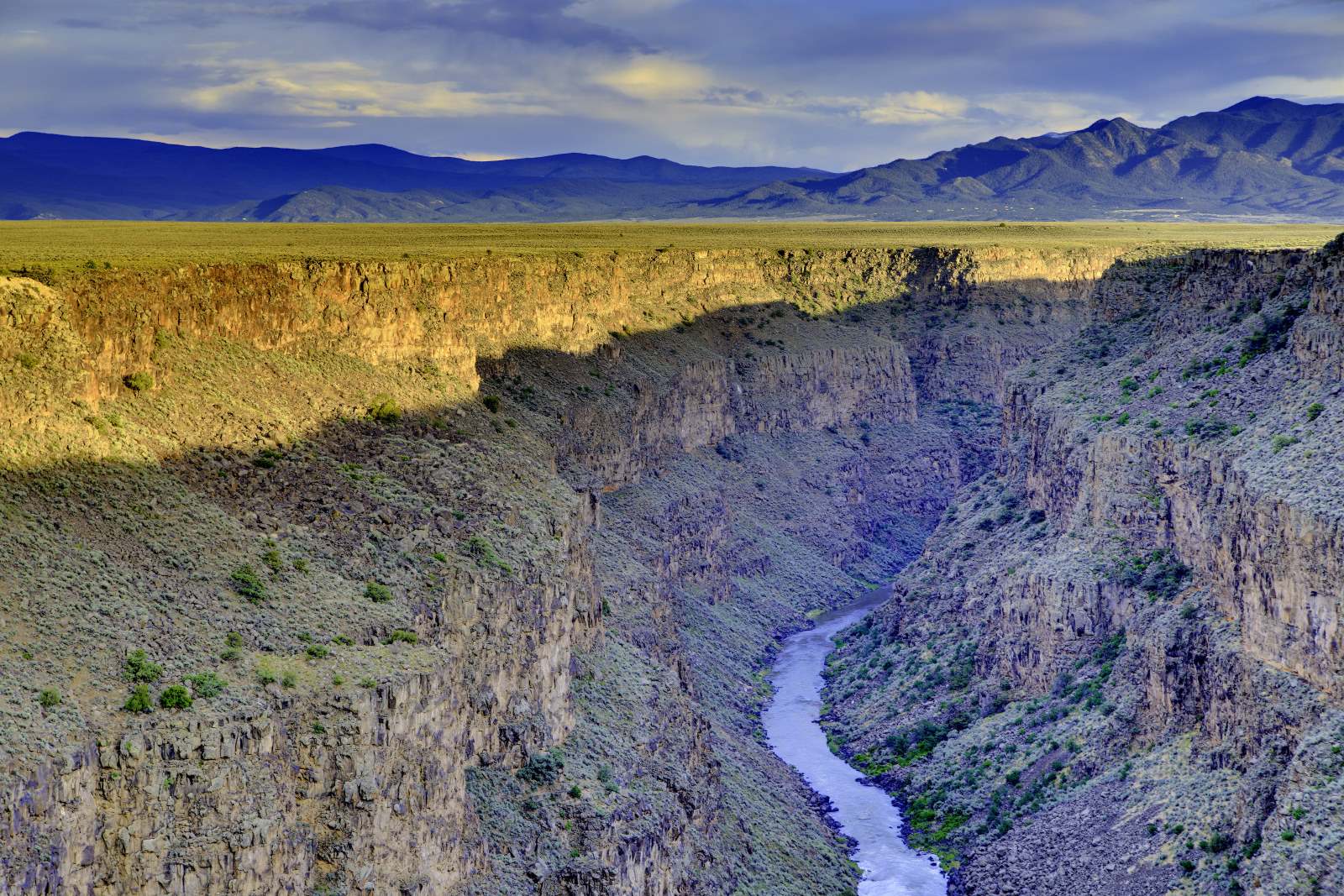
Image Credit: Shutterstock / karengesweinphotography
Adding to the outrage is the fact that the contaminated runoff from Acid Canyon is still flowing through the Rio Grande and other areas. So it’s not just a local issue – it’s affecting a much larger region.
The DOE’s Stance
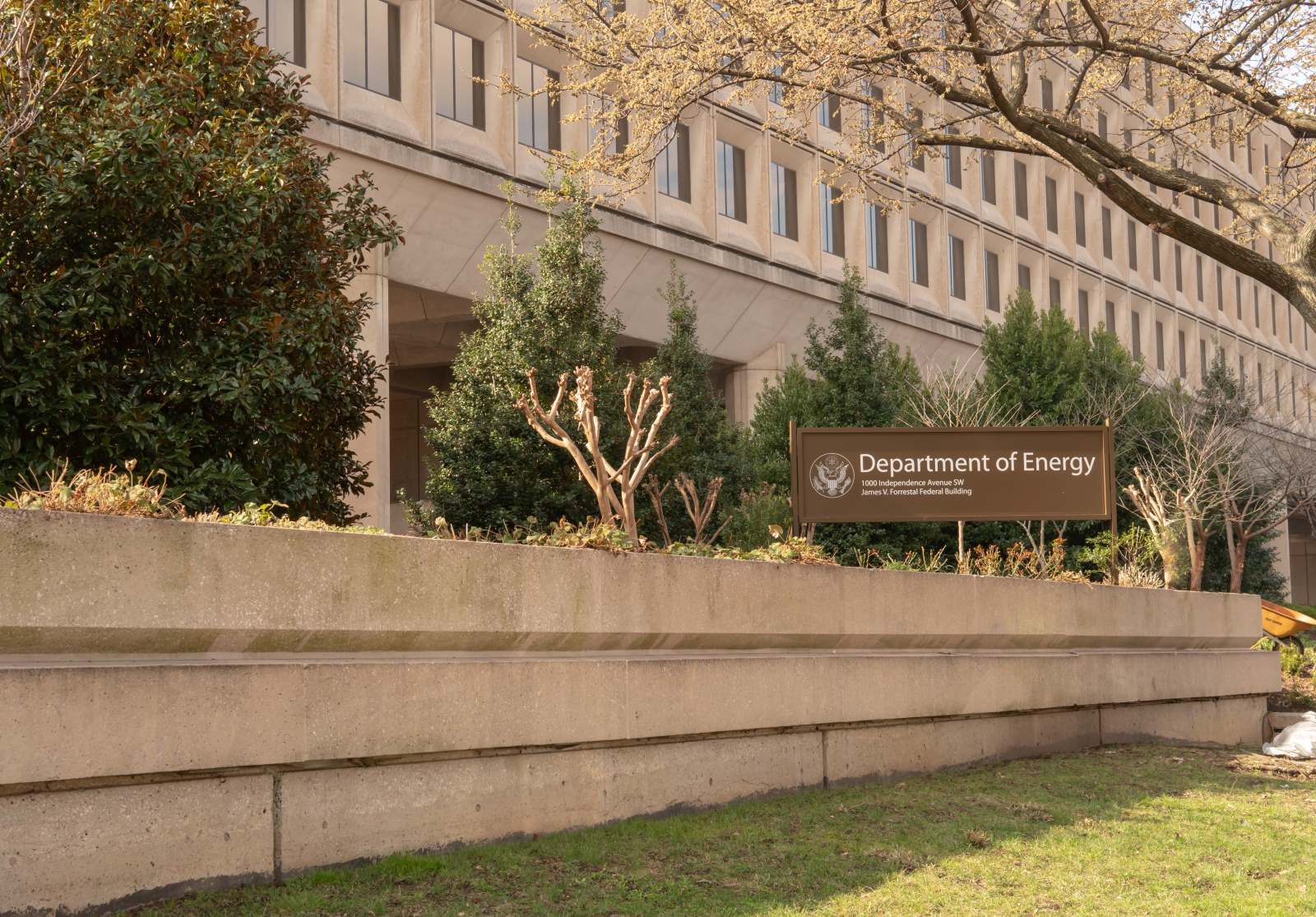
Image Credit: Shutterstock / 010110010101101
The DOE insists that radiation exposure from visiting the canyon is minimal compared to everyday sources, but Ketterer and Coghlan aren’t buying it.
Nothing to See Here

Image Credit: Shutterstock / wellphoto
A 2018 DOE study suggested that recreational use of the canyon results in radiation doses far below the average annual exposure, but Ketterer and Coghlan argue that this doesn’t address the bigger, long-term problems.
The Long Game
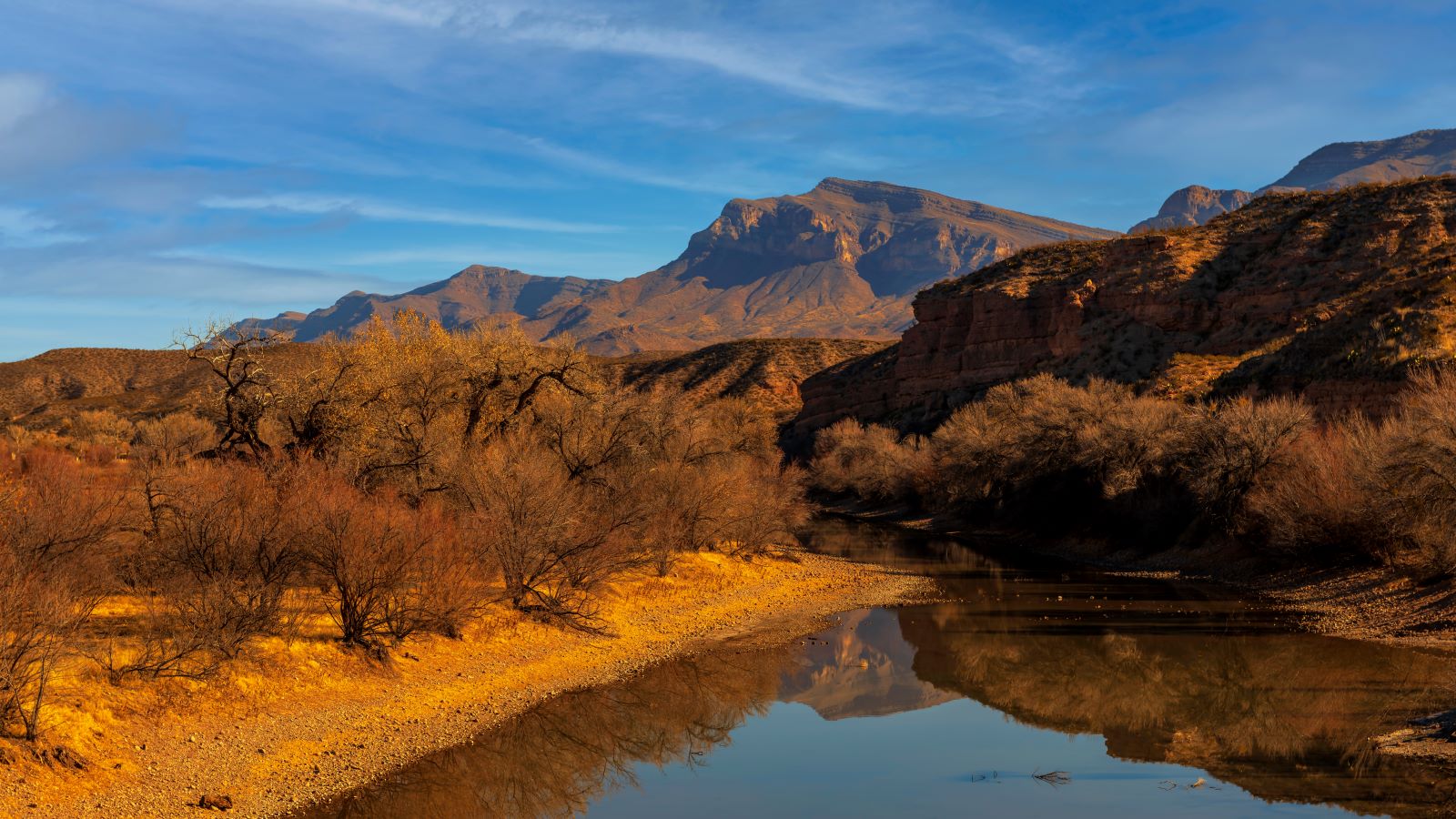
Image Credit: Shutterstock / John Corso
They’re concerned about the long-term effects, like plutonium spreading further downstream or getting absorbed by plants. And let’s not forget about the risk of contaminated ash if a wildfire ever sweeps through.
Mission Impossible

Image Credit: Shutterstock / Salivanchuk Semen
For Ketterer, the situation is effectively impossible to fix. As he explains, “It really can’t be undone. I suppose we could go into Acid Canyon and start scooping out a lot more contaminated stuff and keep doing that. It’s kind of like trying to pick up salt that’s been thrown into a shag carpet. It’s crazy to think you’re going to get it all.”
Beauty Masks a Toxic Reality
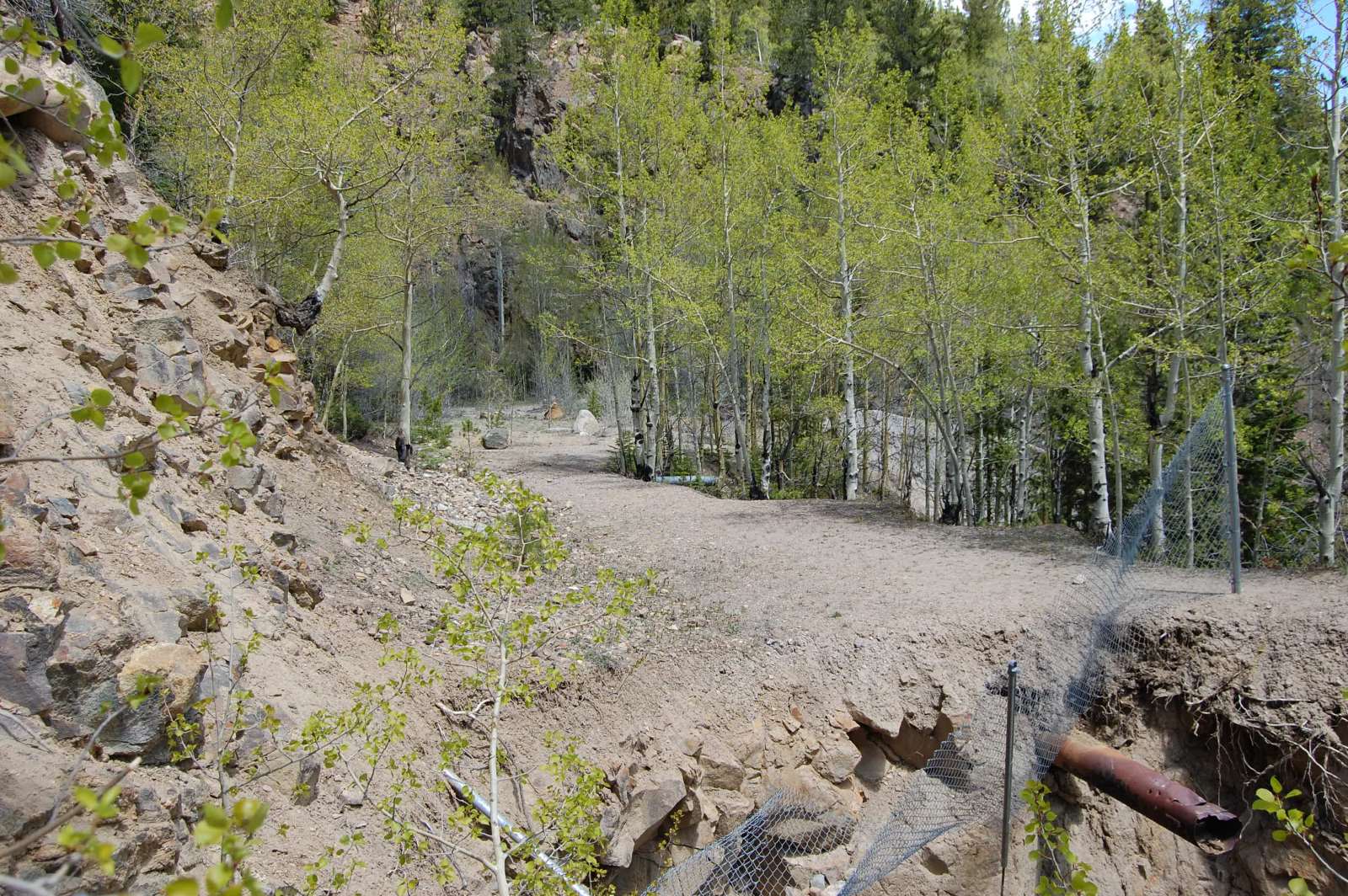
Image Credit: Shutterstock / Dad1966
While the federal government is trying to reassure the public that the area is safe, there’s no denying the growing concern. It’s hard to ignore the irony here – the canyon might look serene, but underneath that calm surface is a serious contamination problem.
DeSantis in More Hot Water as Florida Floods, Again

Image Credit: Shutterstock / Andrew Cline
Florida residents are struggling this hurricane season, and many are pointing the finger at a certain Governor. DeSantis in More Hot Water as Florida Floods, Again
J.C. Penney’s Closures Signal the End of an Era in Retail
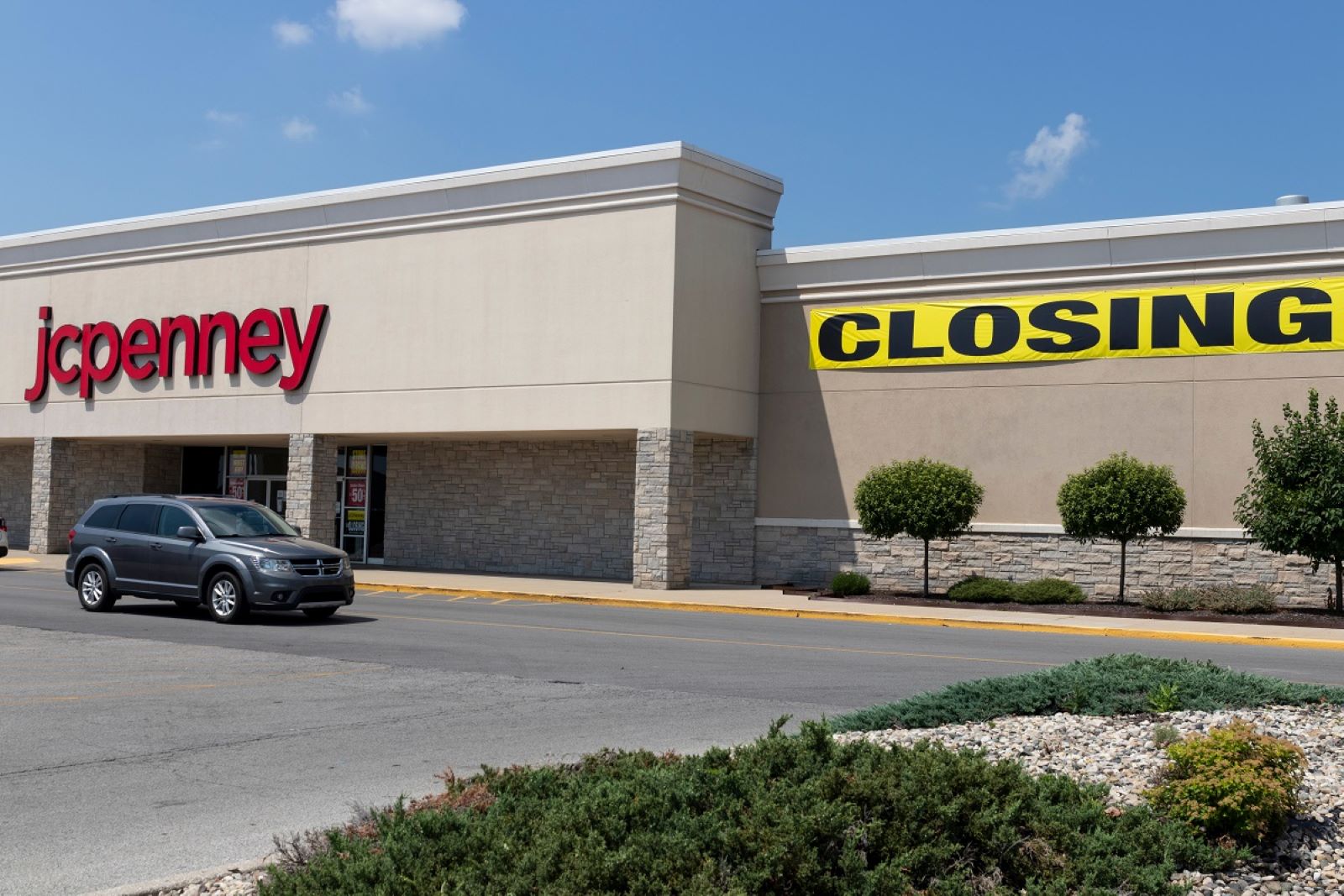
Image Credit: Shutterstock / Jonathan Weiss
Popular department store, J.C. Penney, has announced the closure of multiple stores across the country. This announcement reflects changes in the retail industry as online shopping becomes more popular. But how will these changes affect consumers and the future of in-store shopping? J.C. Penney’s Closures Signal the End of an Era in Retail
Michigan’s Governor Whitmer Lays Down the Law for HOAs

Image Credit: Shutterstock / Gints Ivuskans
Gretchen Whitmer has just taken on HOAs across Michigan. Who won? Michigan’s Governor Whitmer Lays Down the Law for HOAs
Featured Image Credit: Shutterstock / Zack Frank.
For transparency, this content was partly developed with AI assistance and carefully curated by an experienced editor to be informative and ensure accuracy.
The images used are for illustrative purposes only and may not represent the actual people or places mentioned in the article.


